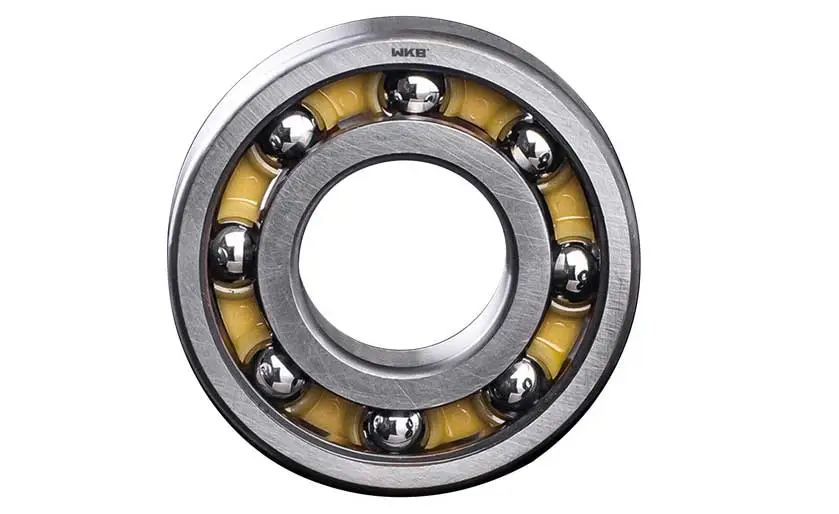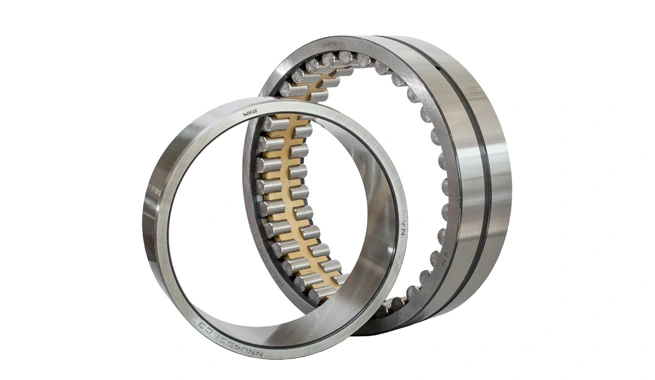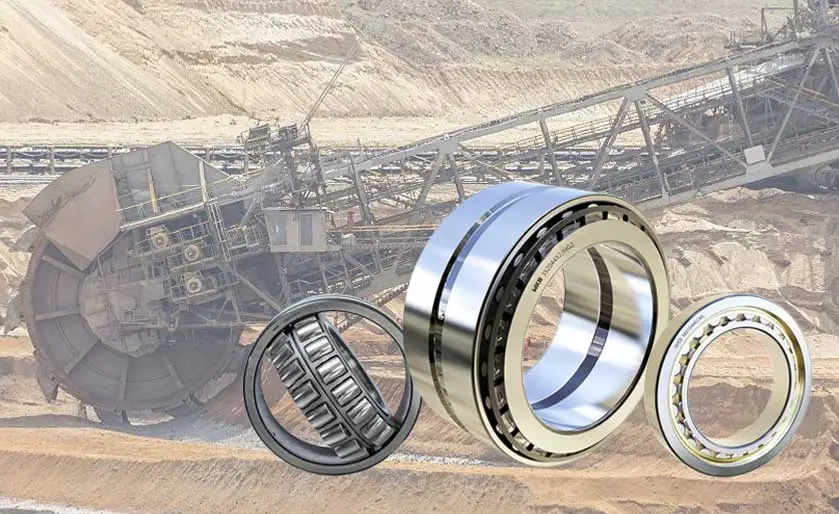Bearings are the unsung heroes of machinery, enabling smooth motion and reducing friction in everything from car wheels to industrial equipment. Among the most widely used are ball bearings and roller bearings, each excelling in specific scenarios. This article dives into their differences, exploring how they work, their types, strengths, weaknesses, and ideal applications to help you choose the right bearing for your needs.
Both ball and roller bearings are rolling-element bearings designed to minimize friction and support loads, but their rolling elements set them apart:
Ball Bearings: These feature spherical balls housed between inner and outer raceways, with a cage to keep the balls spaced evenly. The balls make point contact, reducing friction and enabling high-speed performance. Ball bearings are found in applications like electric motors, fans, and computer hard drives.
Roller Bearings: Instead of balls, these use cylindrical, tapered, or needle-shaped rollers, creating line contact with the raceways. This larger contact area supports heavier loads, making roller bearings ideal for gearboxes, conveyor systems, and heavy machinery.
While both reduce friction compared to plain bearings, their design differences dictate their suitability for specific loads, speeds, and environments.
The core distinction between ball and roller bearings lies in their contact geometry, which drives their performance:
Load Capacity: Roller bearings, with line contact, distribute loads over a larger area, handling heavy radial loads and shock better than ball bearings. Ball bearings, with point contact, are suited for lighter loads.
Speed: The low-friction point contact of ball bearings allows them to operate at higher speeds, often exceeding 20,000 RPM in precision applications. Roller bearings, due to higher friction from line contact, are better for moderate speeds, typically below 5,000 RPM.
Axial Load Handling: Specialized roller bearings (e.g., tapered or thrust) excel at axial loads, while ball bearings need designs like angular contact bearings for significant axial forces.
Misalignment: Ball bearings, especially self-aligning types, tolerate misalignment (up to 0.004 in./in.), while most roller bearings require precise alignment (around 0.001 in./in.).
Size and Weight: Ball bearings are often more compact, fitting tight spaces, whereas roller bearings may be bulkier due to their robust design.
These differences make ball bearings the go-to for high-speed, low-load applications and roller bearings the choice for heavy-duty tasks.

Ball bearings come in various designs to suit diverse needs:
Deep Groove Ball Bearings: Versatile, handling radial and axial loads, used in motors and appliances.
Angular Contact Ball Bearings: Built for combined loads with angled raceways, common in machine tools.
Self-Aligning Ball Bearings: Accommodate misalignment, ideal for agricultural or textile machinery.
Thrust Ball Bearings: Focus on axial loads, used in low-speed applications like steering mechanisms.
Each type is standardized for cross-brand interchangeability.

Roller bearings are equally varied, each optimized for specific conditions:
Cylindrical Roller Bearings: High radial load capacity, used in electric motors and gearboxes.
Tapered Roller Bearings: Support combined loads, found in car wheel hubs and heavy equipment.
Spherical Roller Bearings: Handle misalignment and heavy loads, common in mining and paper mills.
Needle Roller Bearings: Compact, high-capacity bearings for automotive transmissions.
Thrust Roller Bearings: Designed for axial loads, used in cranes and marine systems.
These designs ensure roller bearings meet the demands of heavy industries.
Advantages:
Low friction enables high-speed operation.
Compact and lightweight, fitting small spaces.
Versatile for radial and axial loads.
Self-aligning options handle misalignment.
Cost-effective for standard applications.
Disadvantages:
Limited capacity for heavy loads.
Susceptible to deformation under shock or overload.
Less durable in high-impact environments.
Advantages:
Superior radial load capacity.
Robust, withstanding shock and vibration.
Long-lasting under heavy loads.
Diverse types for specialized needs.
Disadvantages:
Higher friction limits speed.
Larger and heavier, requiring more space.
Sensitive to misalignment in most designs.
Higher cost for complex types like spherical bearings.
Ball bearings shine in high-speed, precision applications:
Electronics: Hard drives and cooling fans rely on their low friction.
Automotive: Used in alternators and lightweight components.
Aerospace: Found in control systems needing speed and precision.
Roller bearings dominate heavy-duty settings:
Industrial Machinery: Support conveyors and compressors.
Automotive: Handle loads in wheel hubs and transmissions.
Construction: Enable cranes and excavators to manage heavy loads.

Selecting between ball and roller bearings involves assessing:
Load Type: Heavy radial loads favor roller bearings; light or mixed loads suit ball bearings.
Speed: High-speed applications need ball bearings; moderate speeds align with roller bearings.
Space: Compact designs benefit from ball bearings; roller bearings may require more room.
Environment: Dust, moisture, or vibration may demand sealed or specialized bearings.
Budget: Ball bearings are often cheaper, but roller bearings offer longevity for heavy tasks.
Consulting manufacturer data and testing in real-world conditions ensures optimal performance.
Ball and roller bearings each bring unique strengths to the table. Ball bearings excel in high-speed, low-load scenarios, offering efficiency and compactness. Roller bearings are the workhorses of heavy industry, tackling substantial loads with durability. By understanding their differences, types, and trade-offs, you can make informed decisions to keep your machinery running smoothly.